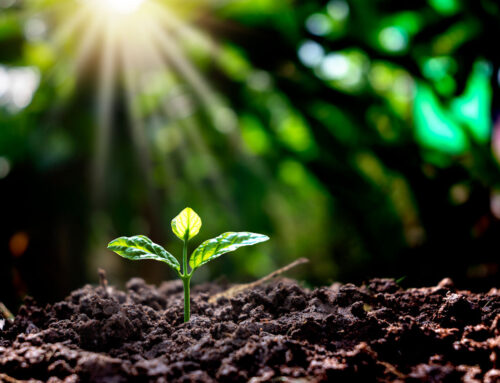The start of a new year also marks the height of the rainy season in the Coachella Valley. And that is good news for our local water supply!
The Coachella Valley’s desert climate averages just 5.5 inches of rain each year. Nearly half of that precipitation falls in January and February, when rainfall averages 1.16 inches during each of those months.
Light rains spread over the winter months deliver the greatest benefits because the water can soak into the ground and refresh our underground water supply. This also allows more time for desert plants and animals to take advantage of this precious resource.
While heavy storms can take place any time of year, they are most common during the rainy winter months. Of the 15 days with the highest amount of rainfall, eight of them took place in December, January and February. Coincidentally, the two rainiest days in the Coachella Valley both took place in 1943. A storm on January 23 dumped a whopping 4.57 inches across the region. Another storm later that year on December 10 delivered an additional 3.8 inches of rain.
Heavy rains in a short period can present challenges. The Valentine’s Day Storm of 2019 was the third rainiest day in Coachella Valley history, dropping 3.69 inches over a 24-hour period. The downpour flooded homes and washed out streets, closing some roads for months until repairs could be completed. Much of the rain moved too quickly to be absorbed into the ground to benefit the water supply. Instead, it flowed down the Whitewater River and delivered a much-needed supply of fresh water to the Salton Sea.
Many people prefer to see bright, sunny skies. But the few days of rain we see each winter helps the Coachella Valley thrive throughout the year.







